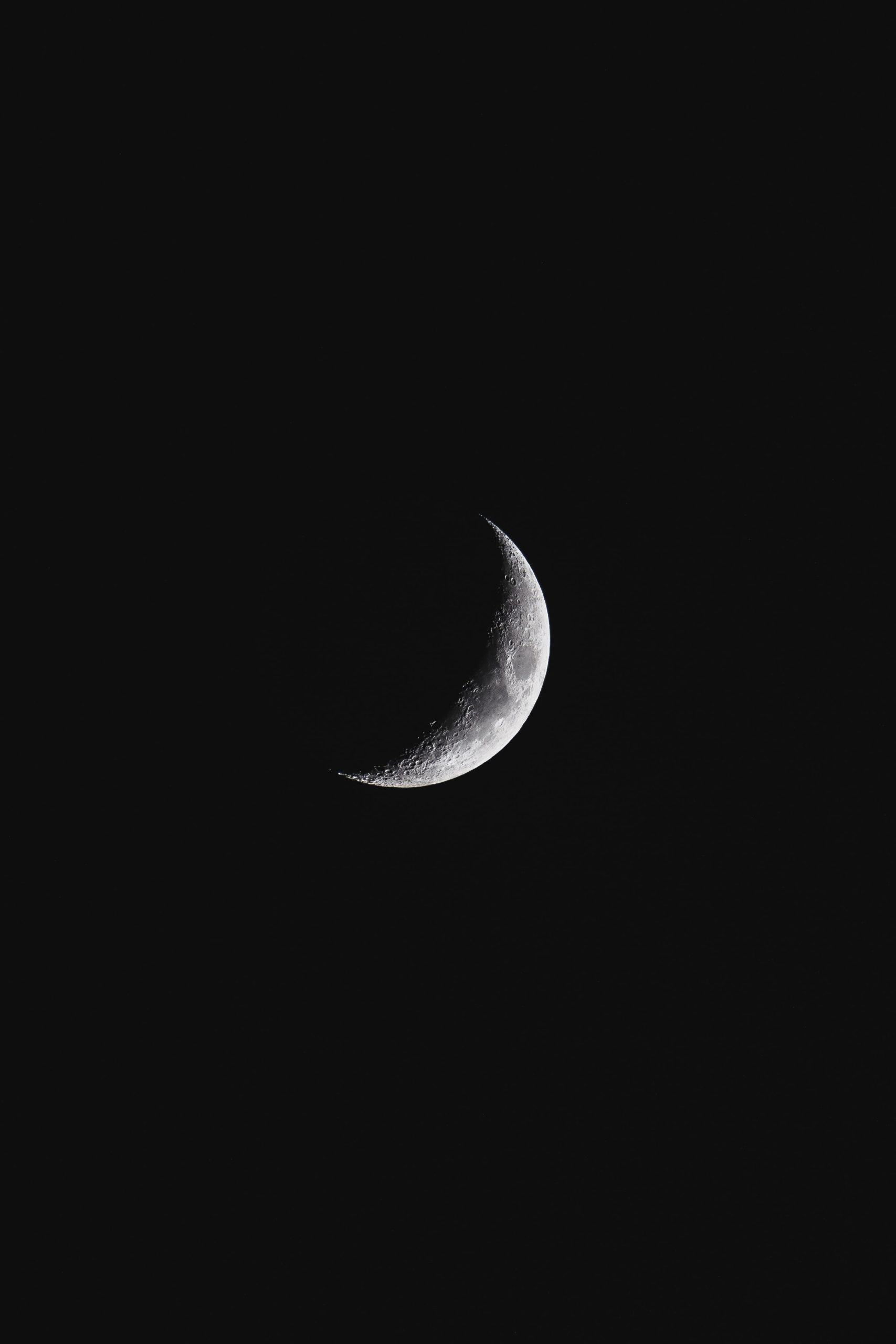Different Moon Phases in Order: Understanding the Celestial Dance
The moon, Earth’s enchanting companion, has captivated humanity for centuries. Its softly glowing presence in the night sky has inspired poets, storytellers, and dreamers alike. But did you know that the moon doesn’t always look the same? It goes through various phases, each offering a unique spectacle. In this blog post, we will dive deep into the captivating world of moon phases, exploring their order, characteristics, and the science behind their mesmerizing dance.
-
New Moon
Our journey into the realm of moon phases begins with the New Moon phase. During this phase, the moon is positioned between the Earth and the sun, casting its hidden side towards us. As a result, the moon appears completely dark and invisible to the naked eye. It marks a fresh lunar cycle’s inception, symbolizing new beginnings and expansion.
-
Waxing Crescent
After the New Moon, comes the Waxing Crescent phase. This phase commences when a thin sliver of the moon becomes faintly visible. It appears as a delicate arc growing in the western sky shortly after sunset. During this phase, the illuminated portion of the moon increases gradually, captivating observers with its subtle glow.
-
First Quarter (Waxing Half-Moon)
As we proceed on our lunar journey, we encounter the First Quarter, also known as the Waxing Half-Moon. During this phase, exactly half of the moon is visible from Earth’s perspective. The moon’s right half shines brightly in the night sky, providing an exquisite spectacle for stargazers. At this point, we witness a perfect balance between illumination and darkness.
-
Waxing Gibbous
Moving forward, we arrive at the Waxing Gibbous phase, where an increasingly greater portion of the moon becomes visible each night. This phase is marked by a waxing moon, when the illuminated portion encompasses more than half but falls just shy of full illumination. The brightening moon reveals intricate features, such as the splendid lunar maria and the striking Tycho crater.
-
Full Moon
Ah, the Full Moon, the most renowned phase in the lunar cycle, where the moon shines gloriously with full illumination. This captivating phase occurs when the Earth, moon, and sun align with the moon positioned directly opposite the sun in the sky. The Full Moon is a symbol of completeness, enlightenment, and heightened emotions, often accompanied by folklore and celebrations across various cultures.
-
Waning Gibbous
Once the Full Moon has made its magnificent appearance, the moon gradually starts to wane, leading us to the Waning Gibbous phase. During this phase, the moon’s illuminated part diminishes as it progresses towards its next transformation. The softly glowing moon illumines the nocturnal landscape, enchanting observers with its ethereal beauty.
-
Last Quarter (Waning Half-Moon)
In this phase, the Last Quarter, we observe the moon half-lit but in reverse compared to the First Quarter phase. Now, the moon’s left half illuminates the night sky, while the right half remains in gracious darkness. Symbolically, this phase invites reflection, introspection, and release, mirroring the gradual diminishing of the moon’s illumination.
-
Waning Crescent
As our lunar odyssey nears its end, we arrive at the Waning Crescent phase. During this phase, only a thin crescent of the moon remains visible, gently fading away into darkness. The Waning Crescent phase evokes a sense of finality, inviting us to let go of the past and prepare for the upcoming cycle’s new beginnings.
-
New Moon, Again!
And so, the moon completes its celestial dance, bringing us back to the New Moon phase, where a new lunar cycle commences. The cycle repeats about every 29.5 days or one lunar month, offering us an ever-changing celestial spectacle to admire and ponder upon.
| Moon Phase | Order |
|---|---|
| New Moon | 1 |
| Waxing Crescent | 2 |
| First Quarter | 3 |
| Waxing Gibbous | 4 |
| Full Moon | 5 |
| Waning Gibbous | 6 |
| Last Quarter | 7 |
| Waning Crescent | 8 |
| New Moon | 9 |
So, the next time you gaze up at the night sky and marvel at the moon, take a moment to appreciate the exquisite dance of celestial bodies, the ever-changing moon phases. From New Moon to Full Moon and back again, this cyclical journey offers us a profound connection to the rhythms of nature and the wonder of the cosmos. Let the moon be your guide through the celestial landscape, and may its phases remind you of life’s constant changes and the beauty found in embracing them.
Table of Contents
